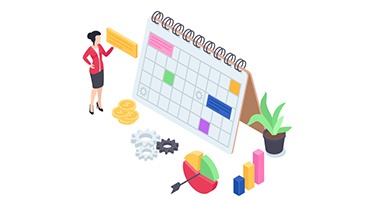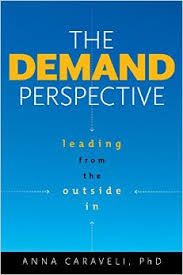If you’re a nonprofit leader, you know how important it is to keep your constituents engaged. But sometimes, hitting those high-touch point activities with your members and associates is challenging. Or maybe you don’t have a standardized approach to those activities. Either way, an engagement plan can help.
The fusionSpan Blog
Engagement Plan for nonprofits


What is an Engagement Plan?
Engagement plans are all about organizations working proactively to keep their members involved and invested. At a high level, an Engagement Plan is a set of tasks (literally a series of steps executed at different intervals) that helps you engage with your constituents. This can be done in a number of ways, from offering opportunities for leadership and development to providing pathways for members to give back and make a difference. By thinking ahead and engaging your members on a regular basis, you can keep them involved and invested in your cause.
Engagement Levels
With Engagement Levels in NPSP, you can assign different tags (let’s call them Levels from here on) to contact records in the system. Levels indicate how these contacts are engaged with your nonprofit. In other words, Levels can be thought of as Ranks you assign to your constituents.
To better understand this feature, let’s look at a few example donors and how they have contributed to your organization:
Let’s say you have a donor, Paul, who has contributed $100, another one, Jennifer, who contributed $500, and the third one, Ryan, who not only contributed $1000 but also has been influencing other prospects to donate money. Ryan also has those prospects assist in various fund-raising activities for your nonprofit.
All these donors require lots of TLC for the remarkable work they are doing for your organization. But some might need more TLC than the others, depending on where they are in their journey with your tremendous efforts to make this world a better place. So, to identify where your contacts are with respect to their level of enthusiasm, efforts, and excitement about your cause, below is a typical progression a new joiner goes through.

Photo Source: Trailhead.Salesforce.com
Wouldn’t it be great if all your volunteers grew to be your major donors? Yes, but for that, you must ensure you do your bit by ensuring you are as engaged with your volunteers as they’d like to be with your organization.
And this is where Engagement Plans can add significant value. Once you understand where your volunteers are in their growth with your organization, you can automate creating and assigning certain Salesforce tasks, so everyone on your team has a clear roadmap of what to do and when to do it. Consistent actions bring consistent results.
How to use the Engagement Plans
Before setting up an engagement plan, you should develop a high-level plan for engaging your constituents. Some typical questions you should ask yourself are:
- Who are these tasks targeting? This is where defining Levels comes in quite handy. Once you define the Level your constituent is at, you assign a set of activities specific to that level.
- What’s the list of tasks that need to get done? These are the actual tasks that you add to a set of activities associated with your constituent’s Level (more on this in a minute when we define Engagement Levels)
- Do the tasks need to be completed in a specific order? If yes, what is the correct sequence? These are strategically placed sequences of activities. For example, you want to send a Welcome Email when you have a new constituent come on board, followed by a Thank You Email after their first donation.
- Who’s responsible for each task? The user who will be performing the tasks. You associate an Engagement Plan with the Engagement Level of a constituent and then assign those tasks in the Engagement Plan to a user in your organization. Simple and Efficient.
Now that you have a high-level understanding of how you can structure your communication and activities with your constituents let’s start putting together a plan.
The first step is to define the Levels. Let’s continue to form our case above.
Looking at these contributions, you decide to use Donation Amount alone as criteria to define the Levels.
We used only one criterion for this example, but you can use as many as you like. For example, you can use a combination of Donation Amount, Events Organized, Events Attended, and the number of people influenced, to come up with your unique measurement of Levels of Engagement. Super! You are one step closer to unlocking the full potential of Engagement Plans.
In the next step, we will look at different activities you can do with someone at the Base level.
Our goal here is to engage the constituents at the Base level further so they can one day (sooner than later) become your Big Donors. And to do this, you strategically decide to do activities specific to the Base level.
On Day 1, once the constituent registers with your organization, you send them a Welcome Email.
On Day 7, to further pique your constituent’s interest in causes your organization is passionate about, you send a newsletter detailing all the incredible work you have been doing to help communities.
On Day 12, you place a Follow Up Phone call offering any help they might need with upcoming events and activities.
Congratulations! You created your first Engagement Plan!
To keep things consistent, follow the same steps to create plans for the other Engagement Levels in your organization.
Create an Engagement Plan Template and assign plans to records
Before assigning tasks to users in your organization, you will first have to create a Template that lists these specific tasks and the order in which you want your users to perform these tasks.
The Template is your first step in building consistency of actions in your organization. Typically, this is how the Template looks like (activities in the photo below are different from the ones mentioned above, but you get the idea):

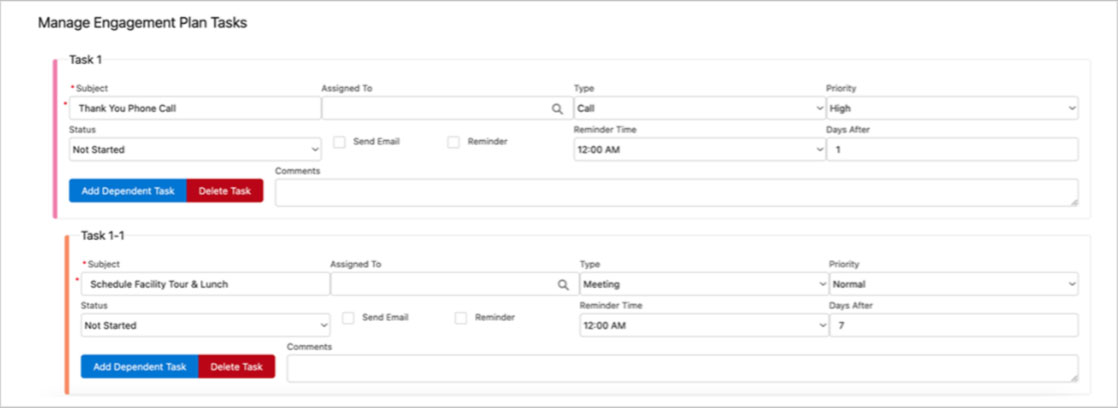
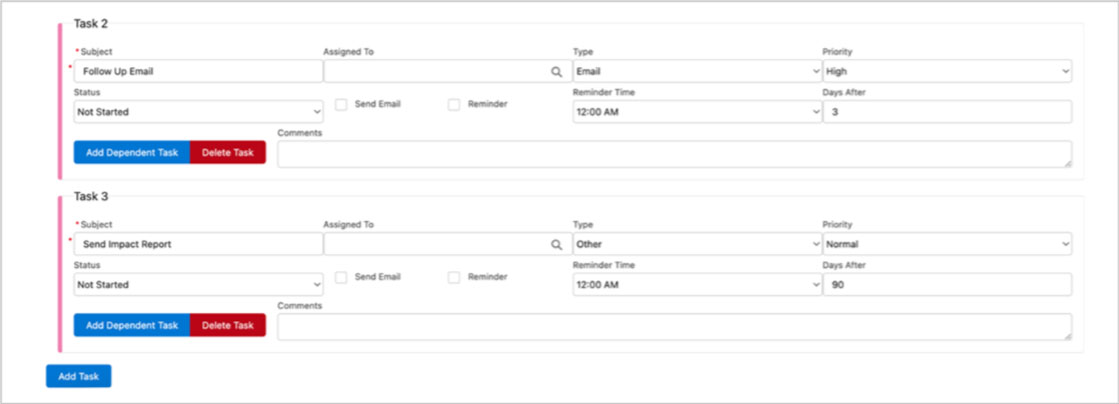
Once the Template is created, assign the Engagement Plan to the constituent (Contact/Donor record in Salesforce) you want to engage with. Users can see the completed and upcoming tasks in Activity timelines. Flag items, add notes, see due dates—no More Missed Activities.
Below is what it should look like after the assignment:
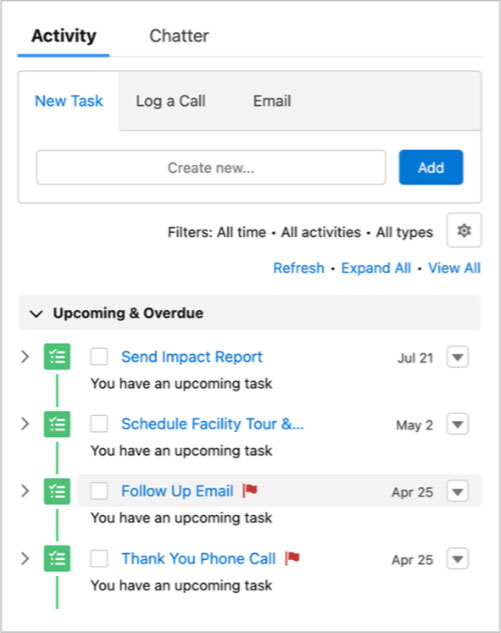
That’s it! You are all set!
There are many more superpowers like Engagement Scores, Automation, Tracking and Reporting of Activities, Engagement Plans can give you. But, for now, the above steps should get you started with creating great experiences for your constituents and users alike.
So, you should tailor your engagement plan to fit your group’s specific needs, and it should evolve over time as your membership changes. The best way to create an engagement plan is with input from all levels of your organization. If you’re not sure where to start, our team can help. We have extensive experience developing successful engagement plans for organizations just like yours. Let us show you how we can help!




